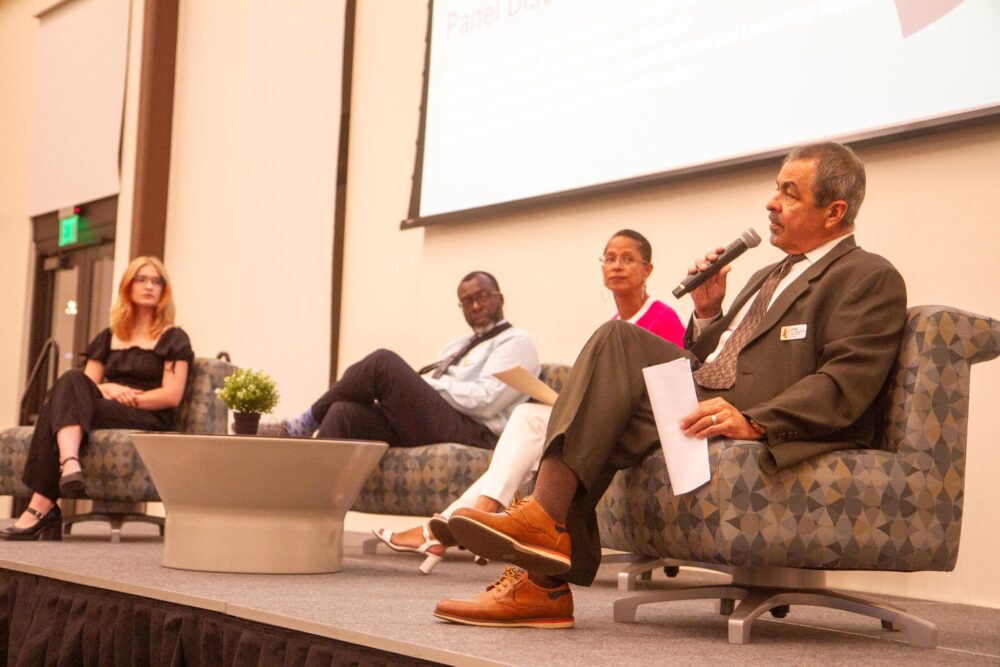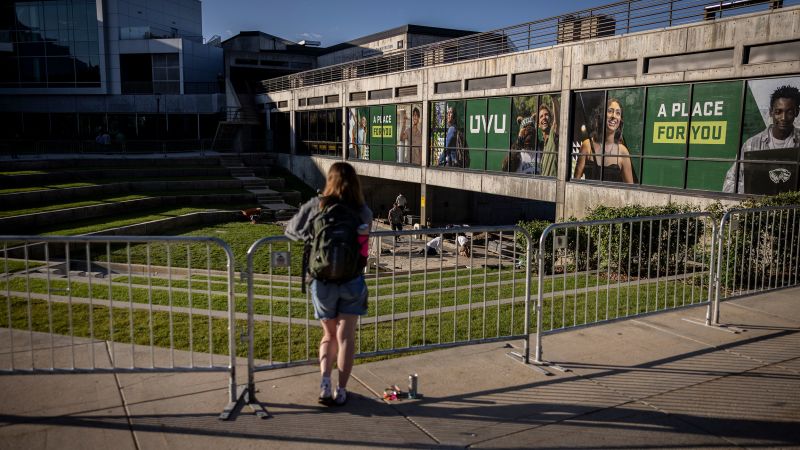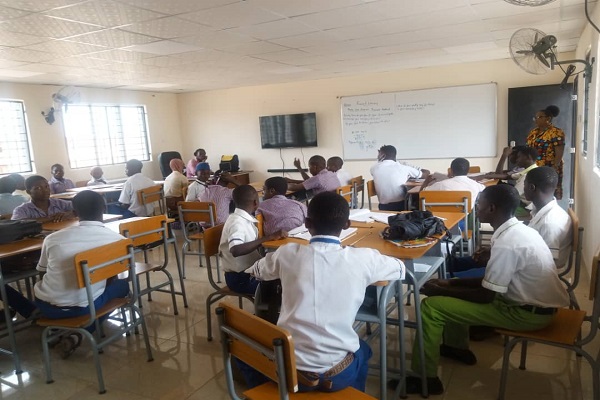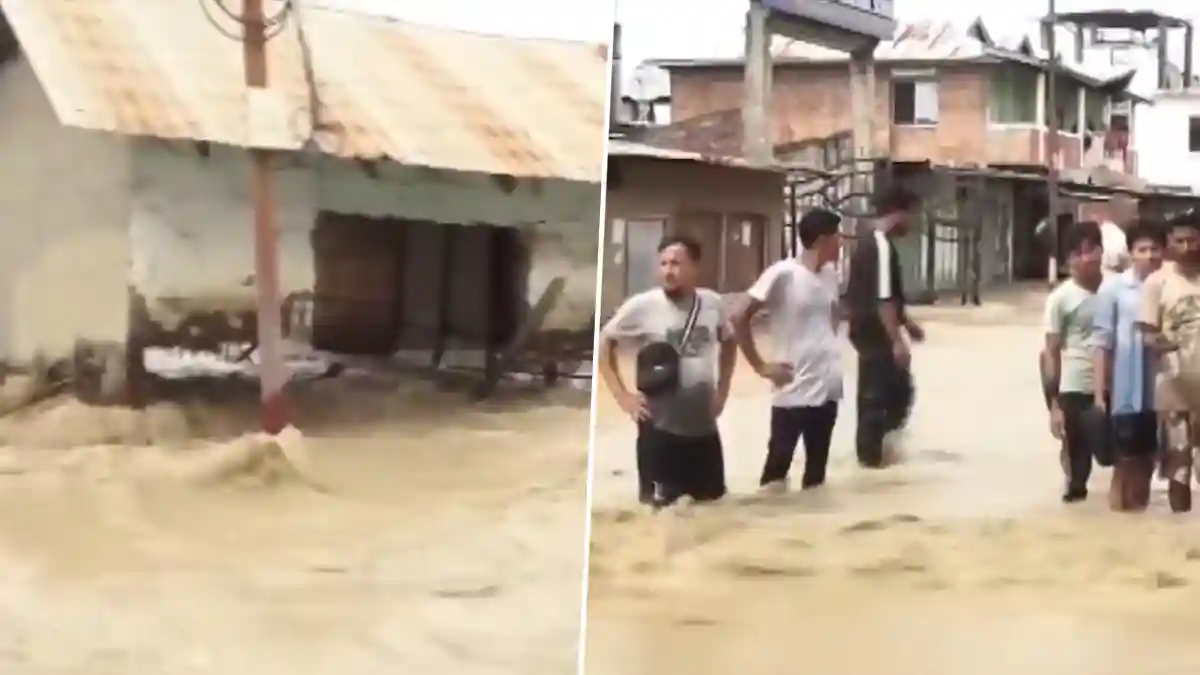
The William S. Hart Union High School District held its Annual Community Discussion: A Culture of Safety and Wellness at the Canyon Country Community Center on Thursday as part of the district’s strategic plan aimed at achieving student and academic success.
District administrators, governing board members, teachers and other local leaders were present to engage in a conversation touching on physical safety and communication, culture and climate, mental health and wellness support.
Santa Clarita Valley Sheriff’s Station Capt. Brandon Barclay opened the discussion regarding recent incidents involving minors. The goal was to shed light on how juvenile behavior has affected the community and offer alternatives to encourage positive behavior.
“E-motorcycles and e-bikes are becoming a problem,” Barclay said, referencing a recent assault incident on a minor in Valencia involving the use of an e-bike. “We need to prevent, educate and enforce the e- bikes, e-motorcycles,” Barclay said, adding that they require registration, an M1 license, and should be treated as a road-approved vehicle.
“There’s nothing more dangerous than a 14-year-old on a 70 mile an hour machine, and he’s zipping up the paseos cutting off folks that are trying to walk their dog or have a nice outing, or they’re pushing their baby stroller,” he said. There has also been a recent uptick in e-bike related injuries involving minors, so he cautioned the public to monitor their use closely and talk to their kids about the safety of riding.
Following weekly football games, up to 200 juveniles like to congregate at the In-N-Out restaurant in Saugus or local parks to engage in illegal activity including drug and alcohol use. A few weeks ago, video footage of a person hitting another individual with a glass bottle went viral across social media platforms.
“It’s a public safety issue, so we’re aware of it,” Barclay said. “We’re putting resources there, and we will be citing for curfew.”
He also said students should be encouraged to join extracurricular activities to help prevent them from becoming involved in gangs. Administrators should also keep an eye out for gang identifiers such as tagging in notebooks and walls.
Assistant Superintendent of Student Services Tara Brown also presented district systems used for emergency situations where parents and students can stay informed amid a crisis.
CrisisGo, Global K9, and Bark are services the district utilizes for emergencies and to also identify any threats to school campuses. They also allow district personnel to identify signs of when students are a threat to themselves, due to mental health and cyberbullying.
“We as administration at the district office, can use it, even from the district office, to lock down a campus just from where we’re at,” she said about the CrisisGo system. “So it’s a very powerful platform and helpful.”
A panel discussion was held with Brown, Student Services Support Specialist Ira Rounsaville, Chief Administrative officer of Student Services and Leadership Support Sal Frias, and Golden Valley Student Brianna Bonfiglio meant to create dialogue regarding all the topics.
“High school’s a lot. We have a lot going on, and sometimes I think the greatest thing to do is just take a pause at the end of the day,” Bonfiglio said in response to how students can support their own health and wellbeing. “For me, it’s taking a pause and doing something that I enjoy that’s outside of school,” she said adding that communicating with teachers when enduring a challenge can also help.
Another way she and the other panelists encouraged students to focus on their wellbeing is by taking advantage of the wellness centers on campus. They usually offer activities that students can take advantage of to alleviate academic stress.
“It’s important that students need to know that they can advocate for themselves. Part of the support that exists, exists because students have said, ‘This is what I need,’” Rounsaville added. “I would encourage us to encourage our students to be their first voice and advocate for themselves and speak up in those moments where they feel like maybe they’re scared and nobody will listen or nobody will support them.”
The cell phone policy also came up in the discussion and Bonfiglio said it’s helped students become more focused in the class and they are now more engaged in conversation with each other instead of constantly looking down at their screens.
“There’s so many things on the phone that we don’t necessarily need to be seeing throughout the day. It was not long ago that I realized that it’s not my responsibility to be accessed all the time,” she said. “It’s nice to be distracted from the news. It’s not always something that we should be looking at all hours of the day.”
“Coming back from the pandemic, kids did not know how or forgot what school conduct was supposed to be like,” Frias said in response to changes seen regarding school culture, and climate. “Outreach with our kids and the programs on our campuses, and our teams and clubs and sports, everything has made that return to whatever the new normal is. It wasn’t that. So it’s a lot better.”
“We’re happy to see where we are now and how the campus culture climate has changed in a positive way,” Brown added.
“The topics discussed have been and always will be key issues for our district to assess and evaluate each year,” governing board member Bob Jensen said during a followup on Friday afternoon. “Our overall understanding of the climate and culture of our district helps us to provide the best possible education for our students.”
“This understanding is needed as we strive to serve the families in the Hart district the best that we possibly can. We are not perfect, but we take great pride in continuing to enhance and improve,” he added.



